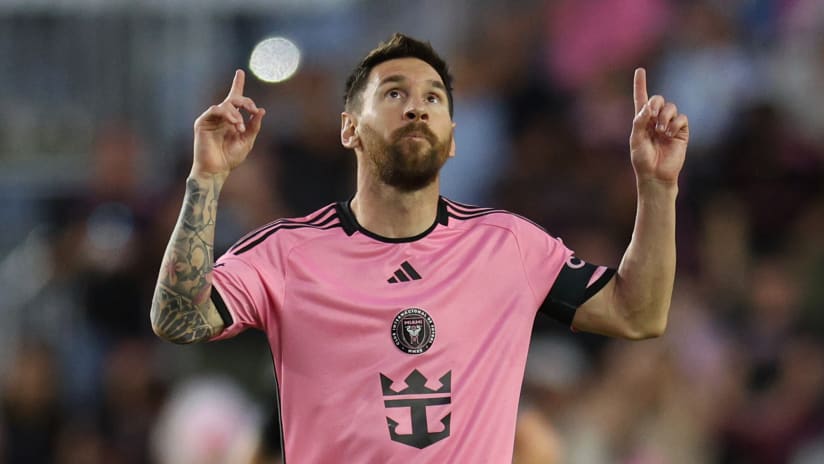The US national team wrapped up January camp with a 2-0 win over Costa Rica at Avaya Stadium. Gregg Berhalter has started his tenure with two consecutive wins, not a common sight over the years in the program.
Berhalter made two changes to the staring lineup, bringing Paul Arriola in for Jeremy Ebobisse and Wil Trapp for Michael Bradley, and started the group in the same morphing formation that they used in the last game against Panama. They assumed a 4-3-3 when building from the back, then moved to a 3-4-3 when they sustained possession in the middle and attacking third, and a basic 4-4-2 out of possession, but with slightly higher pressure than the Panama game.
The USMNT should leave the Costa Rica match feeling good about…
- The counterpressing. The US did a nice job of winning the ball back as soon as they lost it. It’s a major tenet of what Berhalter hopes to implement, and it’s imperative to playing the proactive, possession style they’re attempting. The players reacted quickly after losing the ball and took up nice positions to get it back.
- The individual defending. Didn’t it feel like the US were always losing games on headers on the back post? Or a lost mark near the penalty spot? It only seemed like a matter of time until that lapse of focus came along. Not this time. The back three of Aaron Long, Walker Zimmerman, and Daniel Lovitz might not have been superb, but they were solid, and that’s an ideal compliment you can give a center back sometimes.
- Sebastian Lletget’s Avaya Stadium return. The last time the San Francisco native played at the Earthquakes stadium, he broke the foot that kept him out for 11 months. On Saturday, he brought it full circle, grabbing the game winner on a header at the back post. He veered to his right after the cushioned header and celebrated at the same sideline that the injury occurred.
- The 1-v-1 attacking. Arriola, Corey Baird, and Jonathan Lewis all looked confident running at defenders. It’s a key component of the 3-4-3 system that Berhalter’s been using. In traditional 4-3-3 or 4-2-3-1 systems, the wingers generally tuck in to receive the ball or move inward and look to connect with teammates toward goal. In the 3-4-3, the wide players are asked to go 1-v-1 more often. The US has lacked some of the 1-v-1 bravado in recent years, but it’s clearly something that was emphasized during camp.
Still plenty of room for improvement at…
Everything, of course. But specifically:
- Building from the back. Whereas the US seemed to build possession whenever and wherever they wanted against Panama, they didn’t have the same success against Costa Rica. The Ticos pressed higher and harder, and the USMNT struggled to cope. Zimmerman and Long didn’t look as comfortable on the ball, and Trapp struggled to provide an outlet to get through the first line of pressure.
- The pressure release. For his five years in Columbus, Berhalter had the gift of Federico Higuain. Higuain wasn’t vital to the Crew just for his creativity, but also for his ability to act as an outlet. When the Crew sucked a team into a zone with possession, they generally used Higuain as the outlet toward the open space. Djordje Mihailovic and Cristian Roldan had fine showings, but neither is equipped to take that role. It showed in the first half, as the US looked rattled by Costa Rica’s intensity.
- The overall quality. Berhalter got lots of data points out of the two games, plenty of which were positive. The tactics were cool and the overall attitude of the players seemed to be higher than it’s been in years. But the soccer never looked fully sharp. Perhaps it was a reflection of the new concepts, or maybe it was a sign Berhalter needs the likes of Tyler Adams and Jozy Altidore back in the team. We’ll find out come March when the team takes on Ecuador and Chile.













